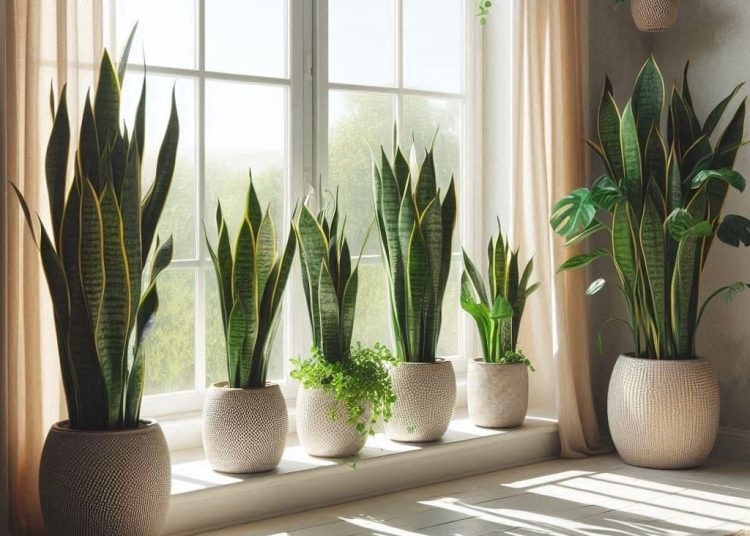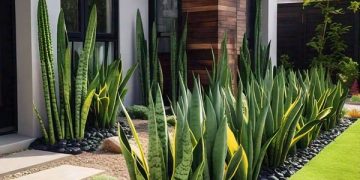Snake plants (Sansevieria), also known as mother-in-law’s tongue, are famous for being hardy, low-maintenance, and adaptable to a wide range of indoor conditions. One of the most common questions plant owners ask is: How much light does a snake plant need? The answer is simple — they thrive in many light situations, but there are some important tips to keep them healthy and looking their best.
Ideal Light Conditions for Snake Plants
Snake plants are native to West Africa, where they grow in bright but indirect sunlight. In the home, they prefer:
- Bright, indirect light – near an east- or west-facing window is perfect.
- Filtered sunlight – sheer curtains help prevent leaf burn in strong midday sun.
- Artificial lighting – Snake plants do well under office fluorescents or LED grow lights.
- Indoor lighting – they tolerate low-light areas, such as offices or corners, but may grow more slowly.
Quick Tip: If you want faster growth and vibrant leaf color, place your snake plant in bright, indirect light for at least 6–8 hours a day.
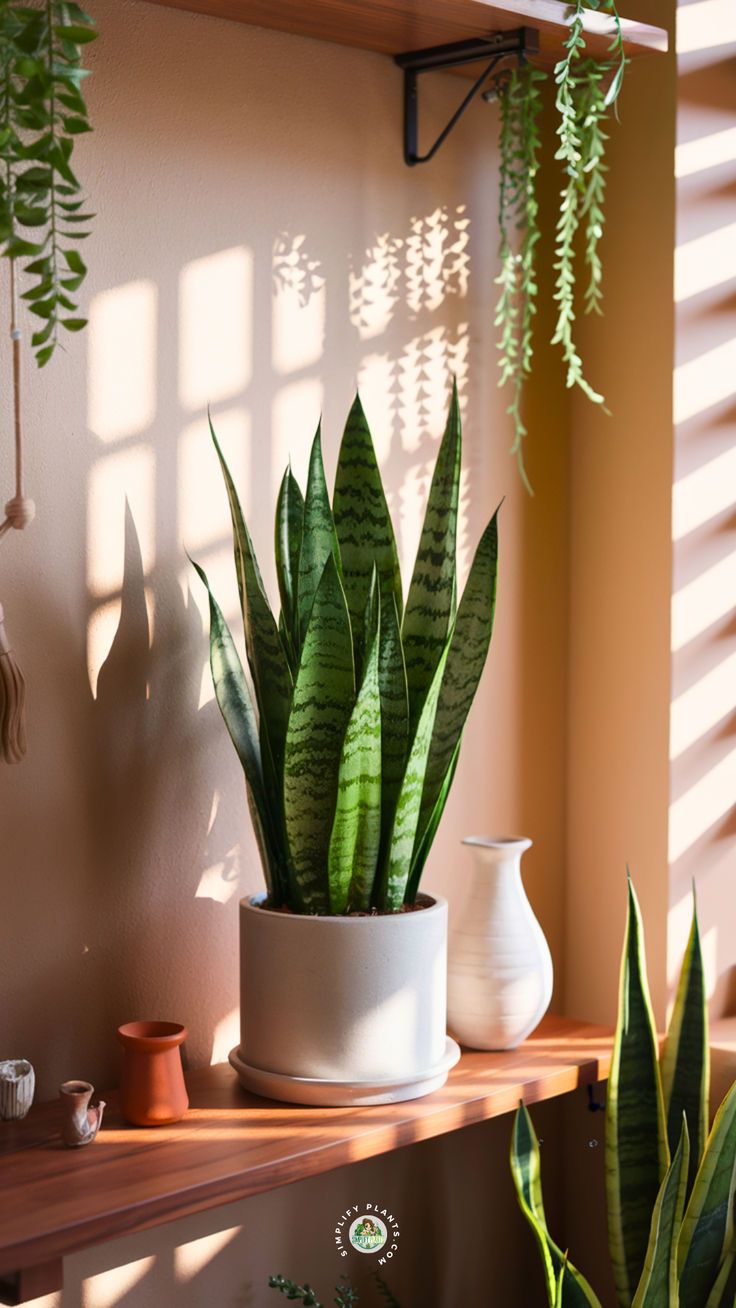
Can Snake Plants Live in Low Light?
Yes — snake plants are among the few houseplants that tolerate low-light conditions. They can survive in dim corners or rooms without direct sunlight.
But keep in mind:
- Growth will slow down.
- Leaves may lose some of their rich green patterns.
- Overwatering risks increase since soil dries more slowly in low light.
If your snake plant appears sluggish in a dark spot, rotate it into a brighter area for a few weeks to help it “recharge.”
Can Snake Plants Handle Direct Sunlight?
Snake plants can handle gentle direct sunlight, such as morning or late-afternoon rays. But strong midday sun can cause:
- Scorched or crispy edges
- Brown spots
- Bleached leaves
Tip: If you move your snake plant outdoors in the summer, acclimate it gradually by starting in shade and then slowly introducing more light.

Indoor Lighting Tips for Snake Plants
- Rotate the pot every 2–3 weeks to ensure even growth.
- Use grow lights in dark rooms to supplement natural light.
- Adjust seasonally – place closer to windows in winter when sunlight is weaker.
Snake Plant Lighting Guide (Quick Chart)
| Light Level | Can Snake Plant Survive? | Growth Speed | Leaf Appearance | Best Practice |
|---|---|---|---|---|
| Low Light (far from windows, dim corners) |  Yes Yes | Slow | Leaves may look dull | Rotate occasionally to a brighter spot |
| Medium Light (north-facing window, bright room) |  Yes Yes | Moderate | Healthy green with patterns | Ideal for steady growth |
| Bright, Indirect Light (east/west window with curtain) |  Best Best | Fast | Vibrant, strong leaves | Place 2–6 feet from the window |
| Direct Sunlight (south-facing window, outdoors) |  Limited Limited | Fast (but risky) | Risk of sunburn or brown spots | Only morning or late afternoon sun |
FAQs About Snake Plant Light Needs
1. Do snake plants need sunlight, or can they live in shade?
Snake plants can live in shade, but they thrive in bright, indirect sunlight. Shade slows growth and may dull leaf color.
2. How many hours of light does a snake plant need?
Ideally, 6–8 hours of indirect light per day. They can survive with less, but growth will be slower.
3. Can snake plants live in artificial light only?
Yes, snake plants do well under fluorescent or LED lights, making them perfect for offices and windowless rooms.
4. Will a snake plant grow faster in more light?
Yes — brighter, indirect light encourages faster growth and more vibrant leaf patterns.
5. Can I put my snake plant outside?
Yes, but avoid harsh midday sun. Morning or evening light is safest, and always acclimate gradually.
6. What happens if my snake plant doesn’t get enough light?
Signs of low light stress include slow growth, pale leaves, and a higher risk of root rot from slower soil drying.
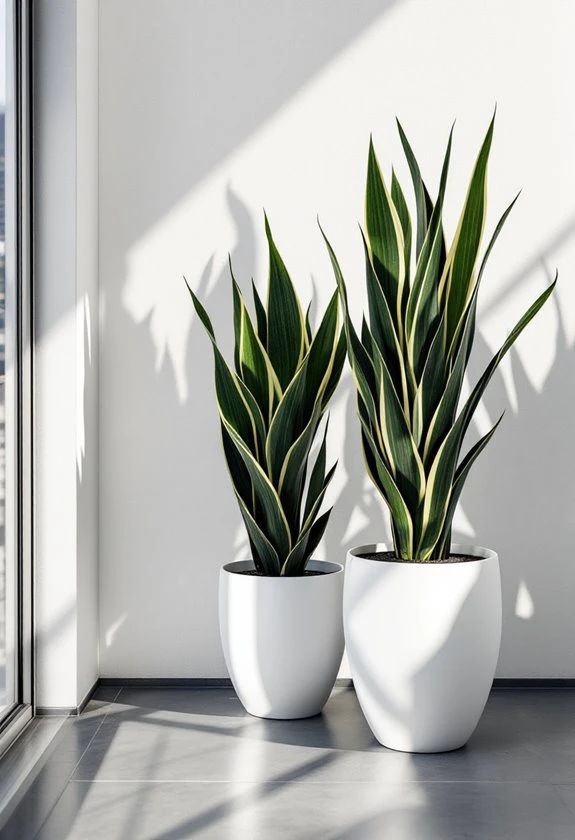
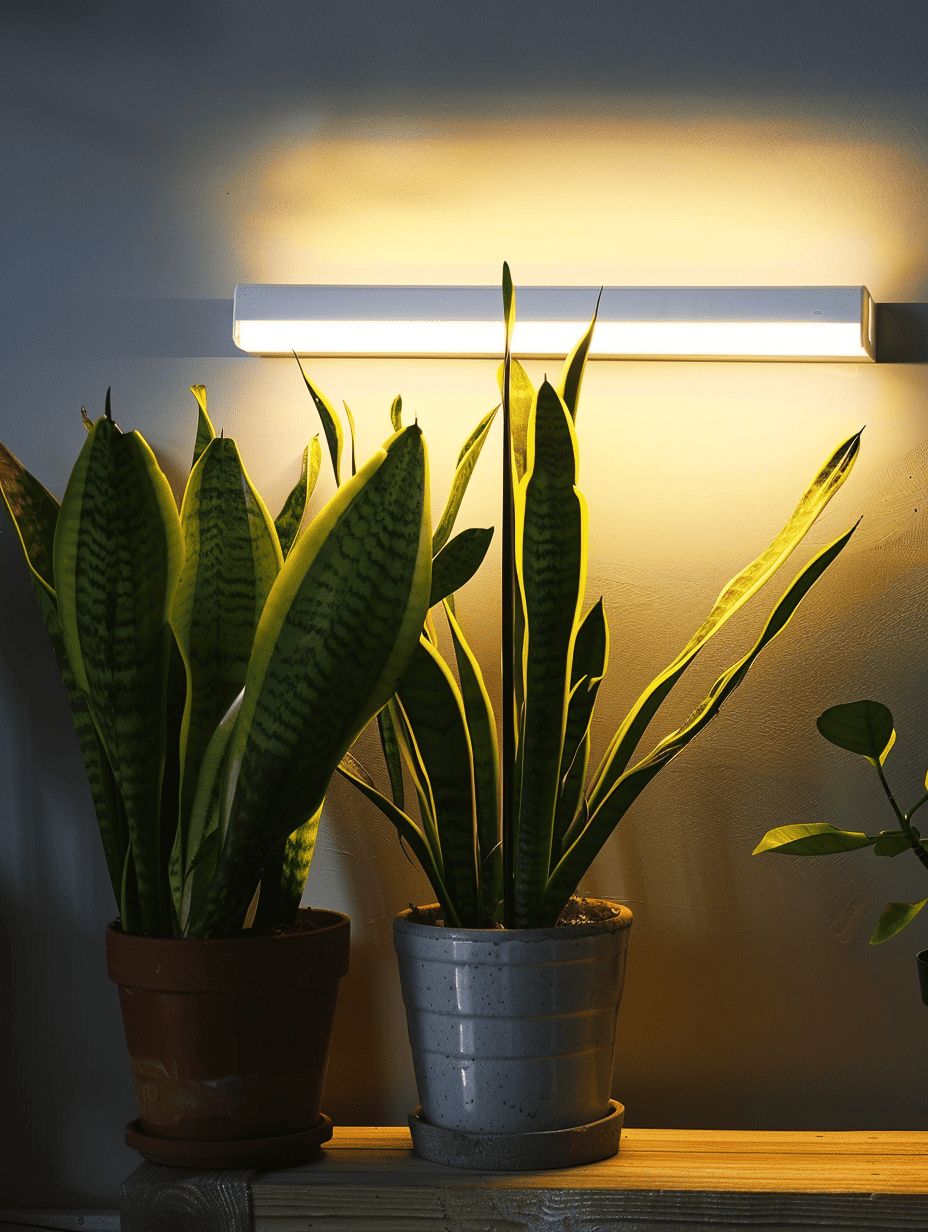
Final Thoughts
Snake plants are incredibly versatile when it comes to lighting. While they can survive in low light and even artificial conditions, they grow best in bright, indirect light with a little gentle sun exposure. Understanding your snake plant’s light needs is the key to keeping it strong, vibrant, and thriving for years.

